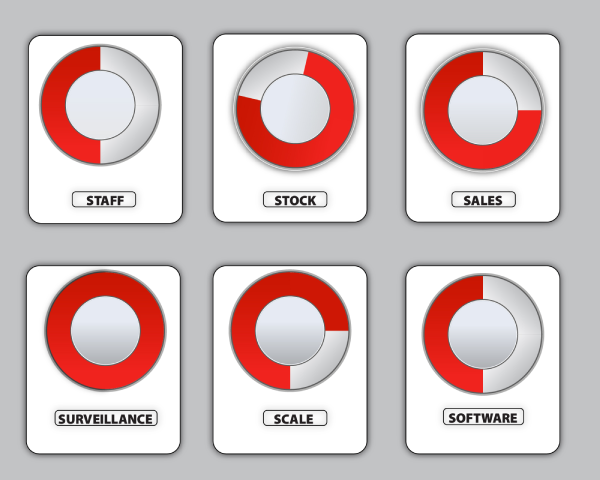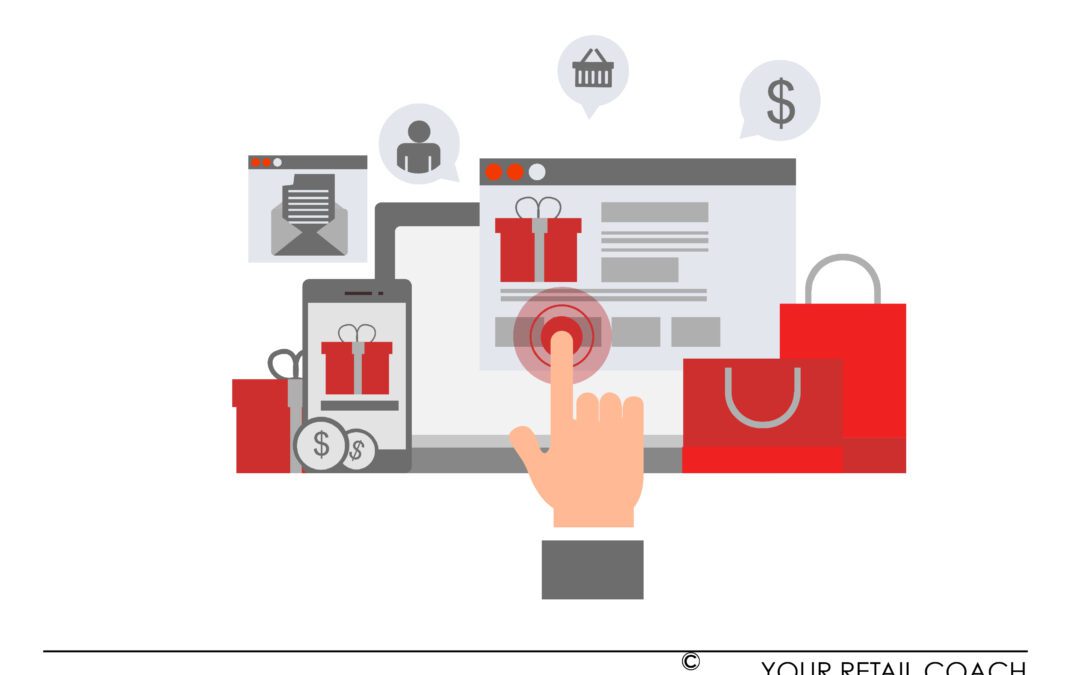The common perception is that the digital world is a big place. Not denying. But when it comes to sustaining brand reputation, the same digital world begins to assume the features of a society. No, the digital world does not shrink. Negative news quickly becomes viral on digital platforms, especially on social media and then to a plethora of online and television-based news channels. This phenomenon could be related to the visuals of ‘lightning’ in the night sky. It easily catches the attention of digital audiences without any bounds. If everything is going normal, then there is no negative news, no coverage, no ‘lightning’, and no attention. Online Reputation Management (ORM) helps businesses deal with such adverse news and events and respond appropriately. ORM also involves taking proactive measures to enhance brand reputation.
This blog focuses on ORM from the perspective of tackling negative news, criticisms or any other reputational adversity on online platforms.
Risks of not doing ORM Effectively
Once any negative news goes unaddressed for some time, which could range from a few hours to a couple of days, the whip of damage to brand reputation would already be unleashed. Witnessing the damages is only a matter of time then.
In social media reputation management, another popular phenomenon often observed nowadays is boycotting of brands on social platforms. When any negative news starts gaining traction, it keeps on triggering a chain reaction of what causes more damage to brand reputation. Timely ORM weakens the power of such triggers and reactions.
Many times, companies affected by negative news or alleged accusations choose to stall growth and expansion projects fearing resistance, difficulties, and failure in implementation. In such scenarios, ORM calls for managing the crisis first.
Negative news or allegations may invite the ire of regulatory bodies. Depending on the seriousness of the allegations, regulatory bodies may initiate appropriate legal actions against the brand involved. Legally correct ORM decisions and practices could provide some respite.
Big brands and companies quickly attract negativity on social and other digital platforms. That is a price they pay for being popular when adversity strikes. And damage to brand reputation eventually hits the stock prices.
Role of SOPs in ORM Implementation
Broadly speaking, one of the biggest benefits of using SOPs (Standard Operating Procedures) in defining and executing business processes is operational precision. In brand reputation management, doing the wrong things can be avoided when SOPs are in place. In other words, SOPs for ORM can help in the avoidance of crisis mismanagement.
Incorrect responses in handling online crises could only further fuel the issue. On the other hand, delayed or untimely responses make the ORM efforts less effective. With the use of SOPs, appropriate responses with appropriate timing for different situations could be established in advance.
When ORM measures go as per planned operational roadmaps (SOPs), the outcome is planned, which is a much better situation to be in than remaining clueless about the outcome of efforts.
While one part of ORM deals with firefighting, there is another side to it that helps brands strive to restore their brand reputation. Different issues have different solutions subject to circumstantial requirements. Needless to say, precision in carrying out these restoration efforts and operations is quintessential in which SOPs can prove to be extremely helpful.
ORM is also a distinguished business process and function. Companies invest resources for reputation monitoring activities on social and other digital platforms. Therefore, measuring the performance of ORM is important. Since SOPs feature pre-established standards, it becomes easier for businesses to assess their ORM monitoring and implementation efforts.
Online Reputation Management has become a perpetual business activity. ECommerce brands have to consistently listen and monitor how their brand is being talked about. If things are going southwards or any promotional campaign has to be launched, meticulous operational planning becomes a necessity and SOPs are effective at it.
Retail Healthometer
Check the health of your business? Are you ready to organize & scale ?












